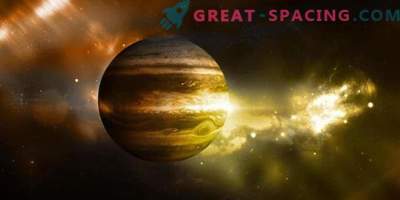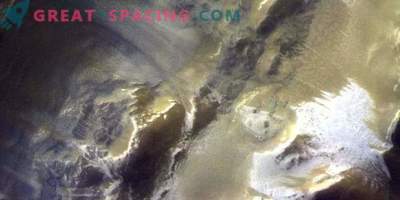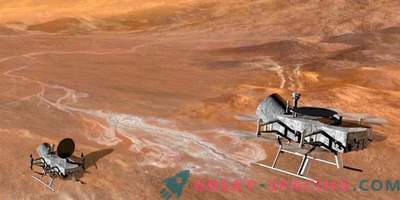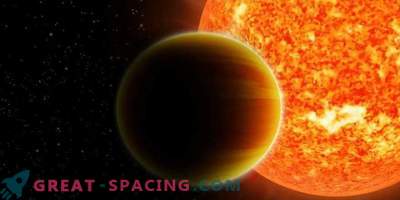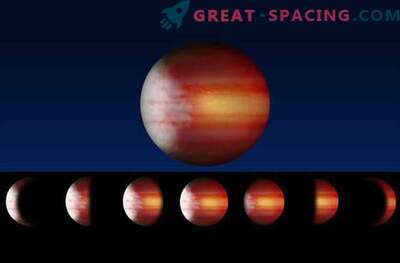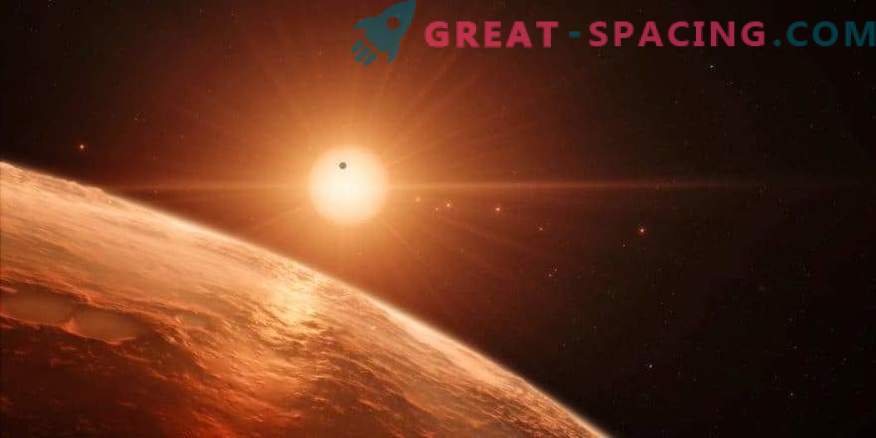
Two groups of scientists separately studied the TRAPPIST-1 system and identified the main problems for the emergence of life on the planets. Of course, the whole snag is a star. This is a red dwarf, inferior in strength and massiveness to the sun. It rotates quickly and emits ultraviolet flares.
The first team examined how temperature affects the ecology and evolution of the planets, and also checked whether ultraviolet radiation could destroy the atmosphere of the seven planets. All of them are located closer than the Earth-Sun distance, and three are in the habitable zone.
When searching for life, scientists pay attention to the living area, as it provides the conditions for the presence of liquid water on the planet. Although this is only one of the factors affecting the hospitality of the environment. According to the results, the planets in the system should be filled with UV rays, which means that the atmosphere also cannot withstand such a blow. It is estimated that the chances of having a life are less than 1% of the total on Earth. The second group found another threat. The star sends a stream of particles into space. But the pressure of its wind causes them to strike the planets 1000-1000000 times stronger than ours gets.
The authors believe that the magnetic field of the star will connect with the planetary ones, and the particles will penetrate into the atmosphere. If the flow is strong enough, then the atmospheric layer will completely evaporate. The earth’s magnetic field functions as a shield. If we were closer, we would have experienced the same scenario of destruction.
These two studies show that the probability of having life on TRAPPIST-1 is very small, but it is still there. Red dwarfs remain valuable objects for research, but still the main goals should be the stars resembling the sun.



















